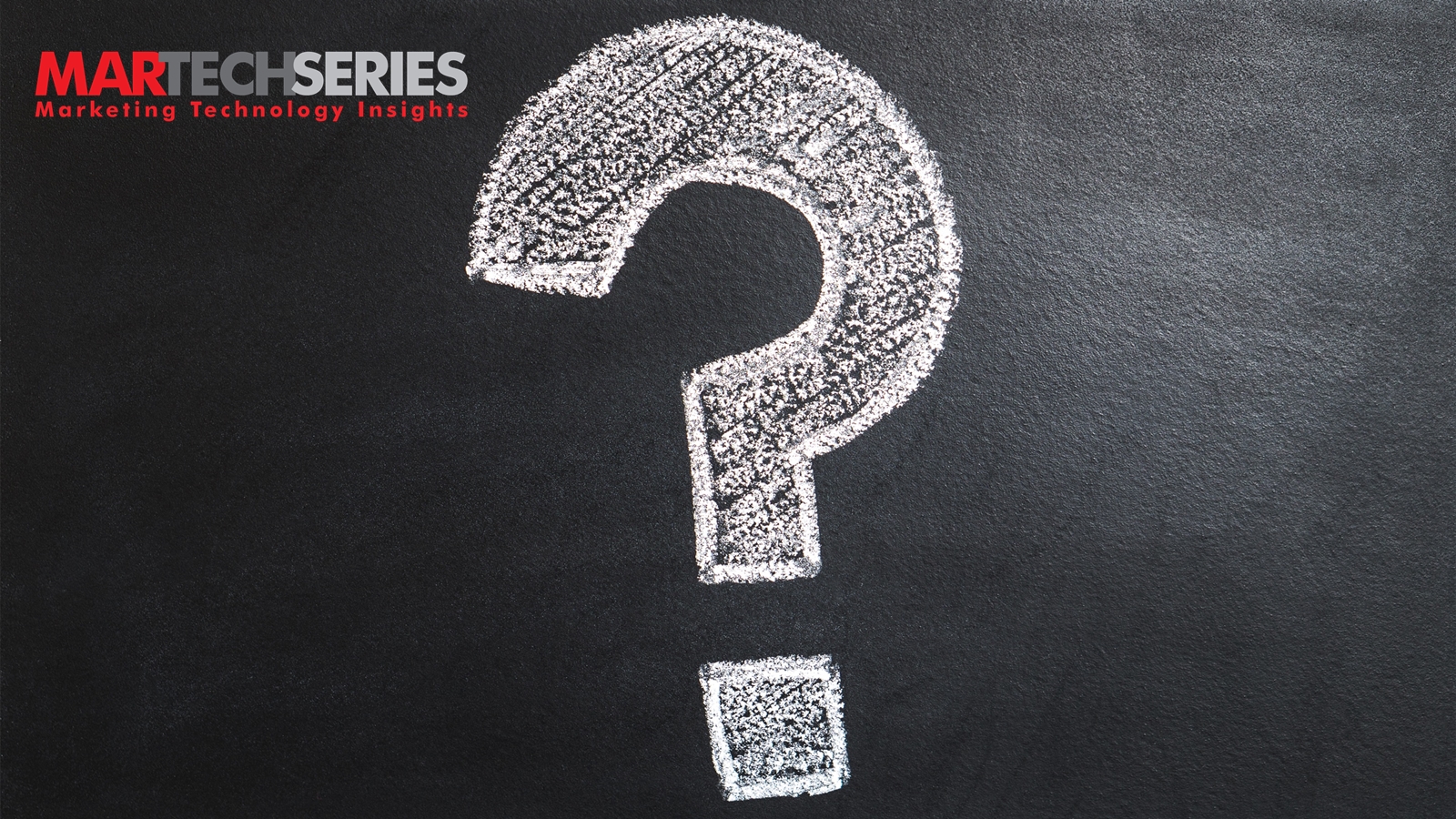Social media is a primary gateway between a brand and its audience. Many times the point of contact between a brand and its consumers is created by third parties — publishers, paid media and increasingly influencers.
Consider that 96% of people that discuss a brand online do not follow that brand’s owned social media profiles, according to a study from Brandwatch. Meanwhile, nearly 40% of Twitter users report making a purchase as a direct result of a tweet by an influencer on the site.
The disconnect is clear. Owned brand messaging efforts are not reaching consumers at a rate commensurate with the investment. However, WHOSAY data from over 400 influence campaigns indicates that paid efforts with influencers are converting views and audiences into sales with far greater efficiency.
In this regard, the allure of influencers is powerful. Their involvement brings measurable eyeballs to your messaging and if the creative is strong it will create third-party support that’s akin to word-of-mouth recommendations. But brands are not just paying for the access to that audience. They’re paying for everything that influencer stands for as well.
There’s real money and sales at stake here, which should encourage brands to dive in, but not without assurances that their messaging and reputation will be well taken care of by an “outsider.”
Enter: Influencer whitelisting.
In a crowded space of influencers, it’s easy to get overwhelmed by the sea of options available. If a brand takes the influencer with the largest audience, will the message resonate with a targeted enough group of potential customers? What’s the measurable difference between working with a few high profile individuals or dozens of micro influencers?
Influencer whitelisting, the practice of creating pre-approved and vetted lists of influencers for brands to work with, is growing in favor. With hundreds of thousands of potential influencer partners across the social landscape, the uncertainty `of picking “wrong” is a growing one.
Whitelisting looks to ease that burden on brands, with lists geared toward matching companies to complementary and professional influencers. I have found that only the top 10% influencer talent within each segment are reliable and professional creators.
The matchmaking doesn’t stop there, though. Marketers need to evaluate the talent’s campaign affinity as measured by the crossover between the talent’s fans and fans of the target brand and related passion points. Secondly talent fan reach and engagement as evidenced by how responsive are the fans to the influencer talent’s regular posts must be considered. And finally budget will determine the level of the influencer talent and how many you can cast in your campaign. Remember that sometimes one influencer talent can reach as many people as 50 influencers but 50 influencers will always require more quality control and management oversight.
The whitelisting process also creates a two-way street for access. Brands tap into the organic audience of the influencer using their authentic voice and in many cases, the influencer also gets a bump in exposure to the brands audience, and subsequent follower growth. For a niche or micro-influencer, it’s an especially advantageous relationship that often introduces them to an entirely new audience.
Most importantly however is the strategic shift needed when tapping into influencers; marketers should view them as uniquely, creative brand partners. Pursuing natural influencer relationships is the first part of the equation. Deploying the creative messaging to both fit the brand and influencer takes some additional steps. Smart whitelisting, with highly creative influencers; beyond the selfie, hyper-targeted to paid audiences are just a few of the ways a traditional content play can go from white noise to roaring success.
Influencer marketing is now a core part of the business-to-consumer media mix. The only thing separating it from “standard”, fully scalable media is a full understanding of, and comfort with, the entire process. For those (brands and influencers) who are ahead of the curve, this next step for the industry will help turn this creative trend into the next great wave of genuinely effective influence marketing.











